12 Expert Cable-Management Tricks for Sit-Stand Desks That Enhance Your Workspace
Table Of Contents
- Understanding Cable Management Challenges for Sit-Stand Desks
- Essential Cable Management Tools and Accessories
- Planning Your Desk Setup for Optimal Cable Management
- Professional Cable Routing Techniques
- Under-Desk Cable Management Solutions
- Strategic Power Strip Positioning
- Wire Bundling Methods That Work
- Height Adjustment Considerations
- Aesthetic Considerations for Cable Management
- Maintenance Tips for Long-Term Cable Organization
- Troubleshooting Common Cable Management Issues
- Conclusion
A beautifully designed sit-stand desk can transform your workspace—until you look underneath. The tangle of cables, cords, and wires often becomes an unsightly obstacle that not only compromises your workspace's aesthetics but can also pose functional challenges when adjusting your desk height. As sit-stand desks continue to grow in popularity for their health and productivity benefits, effective cable management has become essential rather than optional.
The unique challenge with height-adjustable desks lies in managing cables through vertical movement—what works for a static desk often fails when your workspace regularly changes position. Without proper cable management, you risk cable tangling, disconnections, or even damaged equipment. The good news? With some thoughtful planning and the right techniques, you can create a clean, organized, and highly functional sit-stand workspace.
In this comprehensive guide, we'll explore professional cable-management tricks specifically designed for sit-stand desks. From essential tools and strategic planning to aesthetic considerations and maintenance tips, you'll discover solutions that work for both fully standing and seated positions—ensuring your workspace remains elegant, functional, and hazard-free regardless of height.
Understanding Cable Management Challenges for Sit-Stand Desks
Sit-stand desks present unique cable management challenges compared to their static counterparts. The primary difference is movement—each time you adjust your desk height, your entire cable system must accommodate this change without creating tension, slack, or tangling.
The most common challenges include:
- Cable length requirements: Cables must be long enough to accommodate the desk's highest position without creating strain, yet not so excessive that they create unsightly pools of slack when the desk is lowered.
- Disconnection risks: Improperly managed cables can become unplugged during height transitions, interrupting your workflow and potentially damaging equipment.
- Movement interference: Cables that aren't properly secured may interfere with the desk's movement mechanisms, potentially causing mechanical issues or safety hazards.
- Visual clutter: Without proper organization, cables quickly create visual chaos that detracts from an otherwise elegant workspace design.
Understanding these challenges is the first step toward implementing effective solutions that will work across your desk's entire height range.
Essential Cable Management Tools and Accessories
Creating a well-organized cable management system requires the right tools. Here are the essential items worth investing in:
Cable Trays and Baskets
These horizontal solutions mount underneath your desk to collect and conceal bundles of cables. Look for expandable options that can accommodate your specific cable volume. J-channel cable trays are particularly effective for sit-stand desks as they allow easy access while keeping cables neatly contained.
Cable Sleeves and Wraps
Flexible, expandable sleeves group multiple cables together into a single, manageable unit. For sit-stand desks, opt for sleeves with longitudinal openings that allow cables to enter and exit at various points. Neoprene wraps offer an aesthetically pleasing solution that also provides protection against wear.
Cable Clips and Guides
These small but mighty tools secure individual cables to specific routes along your desk. Adhesive-backed clips work well for guiding cables along desk edges, while screw-mounted guides provide more permanent solutions for high-traffic cable areas.
Cable Management Boxes
These concealment solutions house power strips and excess cable length, converting multiple cables into a single, organized unit. Look for boxes with multiple entry/exit points to accommodate sit-stand movement requirements.
Desk-Mounted Surge Protectors
Unlike traditional floor-based power strips, desk-mounted options move with your desk during height adjustments. This prevents cable tension issues and keeps essential power connections within easy reach regardless of desk position.
The right combination of these tools creates a foundation for effective cable management that maintains its integrity through hundreds of height adjustments.
Planning Your Desk Setup for Optimal Cable Management
Before installing a single cable clip or tray, take time to plan your entire desk setup with cable management in mind. This proactive approach prevents many common issues later.
Start by mapping your equipment layout and identifying all devices requiring power or data connections. Consider how frequently you access each device and whether its position is permanent or flexible. For example, your computer and monitor likely stay in fixed positions, while phone chargers or laptop connections might be temporary.
Next, locate the nearest power outlets and plan the most efficient routes from these sources to your desk. Ideally, your sit-stand desk should be positioned within reach of sufficient outlets to avoid extension cords trailing across your floor.
Consider these strategic equipment placement tips:
- Position equipment with numerous cables (like desktop computers or docking stations) in accessible but less visible areas.
- Group devices with similar connection requirements to minimize cable sprawl.
- Place frequently accessed connections within easy reach to prevent cable strain from repeated use.
- Leave adequate space between equipment for proper airflow and cable routing.
Finally, measure the vertical distance between your desk's lowest and highest positions. This measurement determines the minimum cable length required for seamless transitions. For most cables, adding 15-20% extra length beyond this measurement provides adequate slack without creating excessive loops.
Professional Cable Routing Techniques
The way you route cables can make the difference between a chaotic tangle and a clean, professional setup. Here are techniques used by workspace design professionals:
The Backbone Method
Create a central cable "backbone" running horizontally along the underside of your desk using a cable tray or management box. Route all cables to this central line, then direct them to their final destinations. This creates a organized structure that maintains integrity during height changes.
The Service Loop Technique
For each cable, create a small, loose loop near the connection point. These service loops provide flexibility during height adjustments and prevent tension from pulling directly on vulnerable connection points. Secure each loop with a gentle cable tie or clip that maintains the loop without crimping the cable.
Strategic Bundling
Group cables by destination and function. For example, keep monitor cables separate from peripheral cables, and power cords separate from data cables. This organization makes troubleshooting easier and prevents signal interference between power and data lines.
The Split Point Approach
Identify "split points" where cables need to diverge to reach different equipment. At these junctions, use cable guides to maintain clean separation and prevent tangling during desk movement. Label these split points for easier maintenance later.
These techniques work most effectively when combined with proper equipment placement and appropriate cable management tools.
Under-Desk Cable Management Solutions
The space beneath your desk is where most cable management magic happens. Since this area moves entirely with your desk during height adjustments, proper organization here is critical.
The most effective under-desk solution is a high-quality cable tray mounted parallel to the back edge of your desk. This creates a horizontal runway that moves with your desk while containing the majority of your cables. For optimal results, position the tray 2-3 inches below the desktop and ensure it's securely fastened.
Beyond basic cable trays, consider these specialized under-desk solutions:
Mesh Cable Baskets
These provide excellent visibility and airflow while containing larger cable bundles. Their open design makes accessing and rearranging cables easier than with enclosed trays.
Cable Management Raceway
These enclosed channels provide complete cable concealment with an easily accessible design. Mount them horizontally under your desk or vertically along legs for a comprehensive solution.
Under-Desk CPU Holders
If your setup includes a desktop computer, an under-desk CPU holder keeps your tower off the floor while moving with your desk. This eliminates potential cable tension issues between your desk surface and CPU.
For maximum effectiveness, combine these solutions with proper cable management at the desk-to-floor transition point, which we'll address in the next section.
Strategic Power Strip Positioning
Power management forms the foundation of effective cable organization for sit-stand desks. The key principle is ensuring your power source moves with your desk rather than remaining fixed to the floor or wall.
Mount your primary power strip directly to the underside of your desk using a dedicated mounting bracket or strong adhesive velcro. This ensures that all equipment plugged into this strip will maintain consistent power connections regardless of desk height. For added security, use cable clips to guide the power strip's own cable along a desk leg to the floor outlet.
Consider these additional power positioning strategies:
Clamp-Mounted Surge Protectors
These specialized units attach directly to your desk edge, providing easily accessible power without taking up valuable desktop or floor space. Their integrated design is particularly well-suited for sit-stand environments.
Cable Management Boxes with Integrated Power
These units combine power strip housing with cable management in a single solution. Look for models designed specifically for sit-stand desks with sufficient cord length accommodation.
Power Cable Extension Management
The connection between your desk-mounted power strip and the wall outlet requires special attention. Use a high-quality extension cord with ample length, and manage this cable separately from your equipment cables. A flexible cable sleeve running from your desk to the floor creates a clean, professional appearance while providing necessary movement allowance.
When determining power needs, consider not just your current equipment but potential future additions. Investing in a power strip with extra outlets prevents cramped power connections later.
Wire Bundling Methods That Work
Effective bundling transforms individual cables into manageable groups that stay organized through desk movements. Several bundling methods work particularly well with sit-stand desks:
Spiral Cable Wrap
This flexible plastic spiral encases multiple cables while allowing individual cables to exit at any point. Its expandable design accommodates movement during height adjustments without binding or crimping wires.
Velcro Cable Ties
These reusable fasteners secure cable bundles without the permanent commitment of zip ties. Their gentle grip prevents cable damage while allowing quick adjustments when needed. For sit-stand desks, position these ties at intervals that allow flexibility during height changes.
Split Loom Tubing
This corrugated plastic tubing with a longitudinal split allows cables to enter and exit at any point while providing excellent protection. Its semi-rigid structure maintains shape during desk movement while offering complete customization.
Cable Sleeve Systems
Fabric or neoprene sleeves zip or wrap around cable bundles, creating a clean, unified appearance. Look for sleeves with multiple exit points designed specifically for furniture applications. These provide excellent aesthetic benefits while maintaining flexibility.
When bundling cables for sit-stand desks, remember the cardinal rule: create bundles that are secure enough to prevent tangling but flexible enough to move freely during height adjustments.
Height Adjustment Considerations
The defining feature of sit-stand desks—height adjustment—requires special cable management considerations that static desks don't face.
First, always test your cable management system through the desk's full range of motion before finalizing installation. Move your desk from its lowest to highest position and observe how cables behave at each extreme. Look for points of tension, excess slack, or potential catch points.
Desk-to-Floor Transition
The most challenging area for cable management is the transition from desk to floor. As your desk rises, cables must extend without encountering obstacles or creating tension. Consider these solutions:
- Vertical Cable Spine: These flexible cable management tubes expand and contract with desk movement, guiding cables from floor to desk in a clean column.
- Slack Management Loop: Create an intentional loop of cable slack near the floor that can expand as the desk rises. Contain this loop in a cable sleeve for a cleaner appearance.
- Cable Chain Systems: Similar to those used in industrial applications, these segmented channels guide cables while maintaining consistent form through movement.
Movement Testing Protocol
Implement this simple testing protocol when setting up your cables:
- Begin with your desk at its lowest position and ensure all cables are connected properly.
- Slowly raise the desk to its maximum height, observing cable behavior throughout the transition.
- Check all equipment connections at the highest position to confirm nothing has disconnected.
- Slowly lower the desk while watching for cable pinch points or excess slack issues.
- Make adjustments to any problematic areas and repeat the test until movement is smooth at all height levels.
This thorough testing prevents frustrating disconnections or damage during daily use.
Aesthetic Considerations for Cable Management
While functionality remains the primary goal of cable management, aesthetics shouldn't be overlooked. A beautifully organized cable system enhances your overall workspace design and creates a more pleasant environment.
Consider these aesthetic approaches to cable management:
Color Coordination
Choose cable management products that complement your desk and office decor. Many cable trays, sleeves, and clips are available in various colors and finishes. For a minimalist aesthetic, select cable management tools that match your desk color for a seamless look.
Concealment vs. Design Feature
Decide whether your goal is to completely hide cables or incorporate them as a design element. For complete concealment, enclosed cable management systems work best. For a more industrial aesthetic, exposed but neatly organized cables in metal mesh trays can become part of your workspace's visual appeal.
Desk and Wall Integration
For a truly polished look, consider how your cable management system integrates with both your desk and surrounding space. Cable routing that follows the natural lines of your desk design creates visual harmony, while thoughtfully managed wall transitions prevent the jarring appearance of cables running haphazardly to outlets.
Remember that different desk styles may call for different aesthetic approaches. A Scandinavian-style desk might benefit from clean, hidden cable management, while an industrial design might incorporate visible but organized cable systems as part of its aesthetic.
Maintenance Tips for Long-Term Cable Organization
Even the best cable management system requires ongoing maintenance to prevent gradual disorganization. Implement these maintenance practices to keep your setup functioning optimally:
Regular Inspections
Schedule monthly cable system reviews to check for emerging issues:
- Inspect cable bundles for signs of wear or stress at connection points
- Verify all fasteners and mounting hardware remain secure
- Test desk height adjustments to ensure cables move freely
- Check for dust accumulation that might affect equipment performance
Equipment Change Protocol
When adding or removing equipment, resist the temptation to make quick, temporary fixes. Instead:
- Power down all connected equipment before making changes
- Remove affected cable bundles completely rather than forcing new cables into existing arrangements
- Reconfigure bundles with the new cable configuration
- Test movement after changes are complete
- Update your cable labels if you use a labeling system
Cleaning Practices
Dust and debris can accumulate around cable management systems, potentially affecting both aesthetics and functionality:
- Use compressed air to clean hard-to-reach areas of cable trays and bundles
- Wipe down exposed cable management components during regular desk cleaning
- Periodically check ventilation areas around equipment to ensure airflow isn't restricted by cable management solutions
These maintenance practices extend the life of both your cable management system and the equipment it supports.
Troubleshooting Common Cable Management Issues
Even with careful planning, you may encounter cable management challenges. Here are solutions to the most common problems:
Cable Tension During Height Adjustment
Problem: Cables become taut when desk is raised to standing position.
Solution: Identify which specific cables are creating tension. Add additional slack to these cables, ensuring the slack is properly managed with cable guides or sleeves to prevent tangling. Consider relocating the tension point or implementing a cable chain system for severe cases.
Excess Cable Slack When Desk is Lowered
Problem: Cables create unsightly pools or risk getting caught in desk mechanism when desk is lowered.
Solution: Implement a retractable cable management system or create a contained slack management area using a cable tray with sufficient depth. For persistent problems, consider adjustable-length cables or custom cable lengths for your specific setup.
Cable Disconnections During Movement
Problem: Cables become unplugged when desk height is adjusted.
Solution: Secure cables within 6 inches of connection points using gentle cable clips. Implement service loops at connection points to reduce direct tension. For chronic issues, consider cable connections with locking mechanisms or reinforced connection points.
Cable Management System Detachment
Problem: Cable trays or management devices become loose or detach completely.
Solution: Upgrade mounting hardware to heavier-duty options. For adhesive-mounted components, thoroughly clean surfaces before installation and consider supplementary mechanical fasteners for critical components. Check weight ratings for all cable management tools to ensure they support your cable volume.
Most cable management issues can be resolved through thoughtful adjustments rather than complete system redesigns. Address problems promptly to prevent cascading organizational challenges.
Conclusion
Effective cable management transforms your sit-stand desk from a jumble of wires into a clean, functional workspace that enhances both productivity and aesthetics. The dynamic nature of height-adjustable desks requires thoughtful planning and specialized solutions, but the benefits are substantial: fewer disconnections, reduced visual clutter, and a more professional workspace.
By implementing the cable management tricks outlined in this guide—from proper planning and equipment selection to professional routing techniques and ongoing maintenance—you'll create a workspace that functions flawlessly at any height. Remember that cable management is both an initial setup consideration and an ongoing practice, requiring occasional adjustments as your equipment needs change.
Whether you're setting up a new sit-stand desk or improving an existing one, these cable management strategies will help you create a workspace that's as organized below the surface as it is above—allowing you to fully enjoy the health and productivity benefits of your height-adjustable environment without cable-related distractions.
Ready to create your perfectly organized workspace? Visit Loft Home Furniture to explore our collection of premium sit-stand desks and workspace solutions designed with both functionality and aesthetics in mind. Our design consultants can help you select furniture that integrates seamlessly with effective cable management systems for a cleaner, more productive workspace.


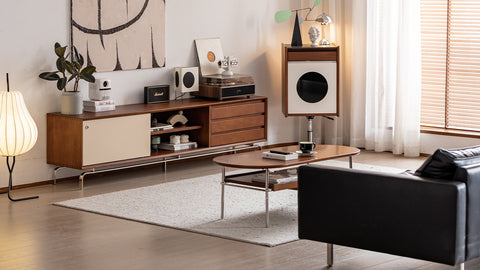

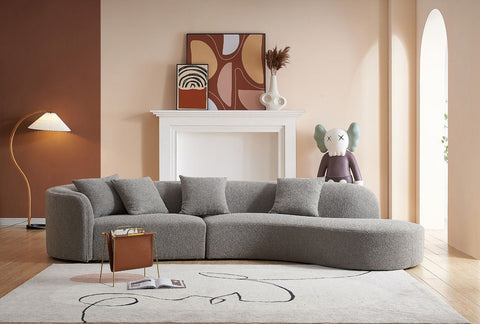
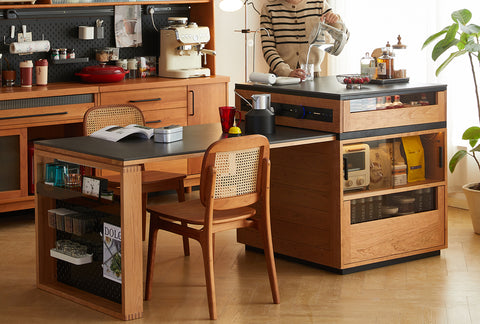
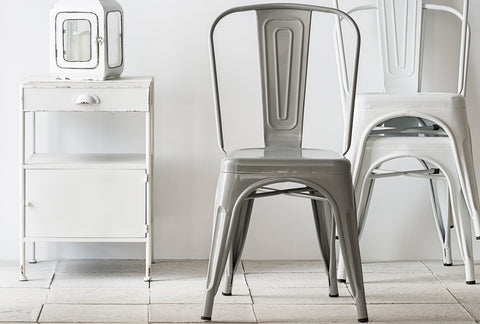
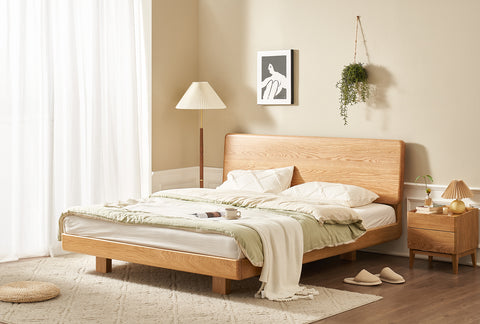






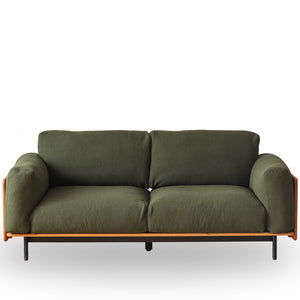
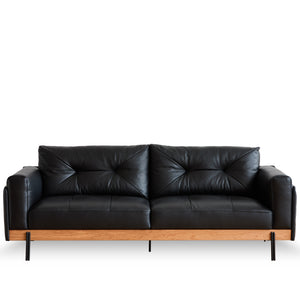
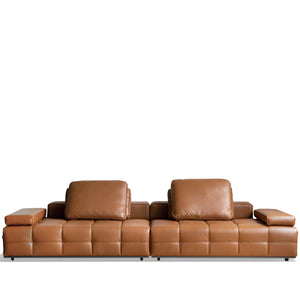
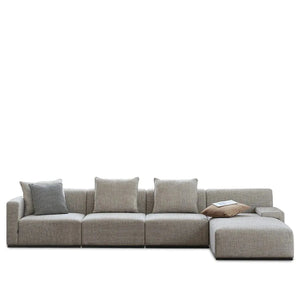
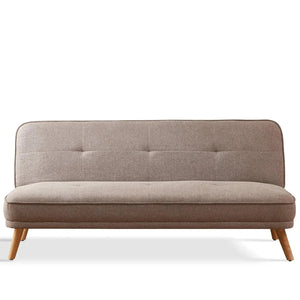
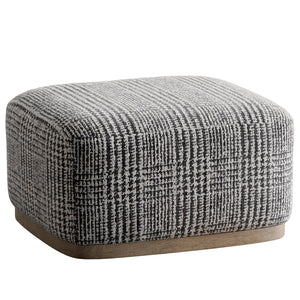

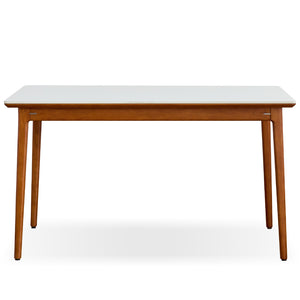
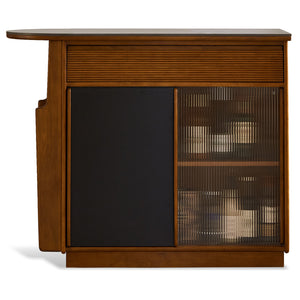
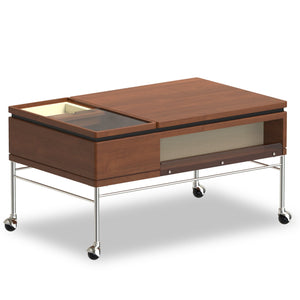
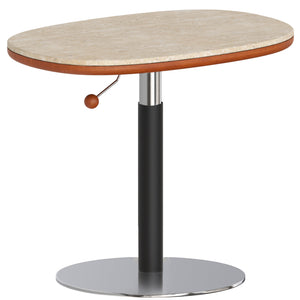
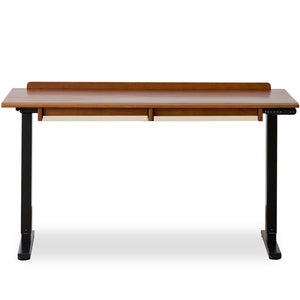
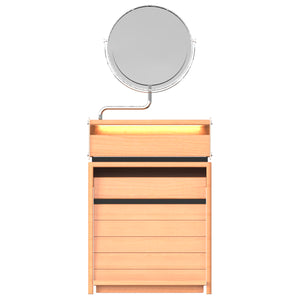

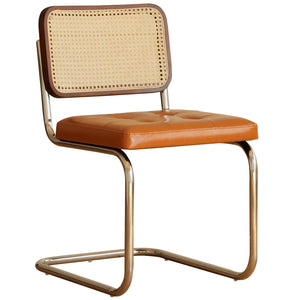
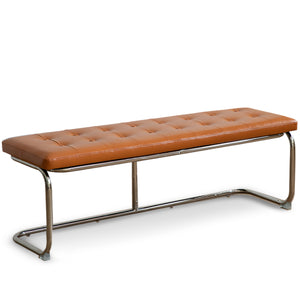
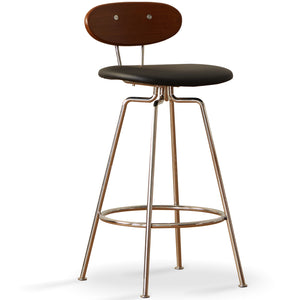

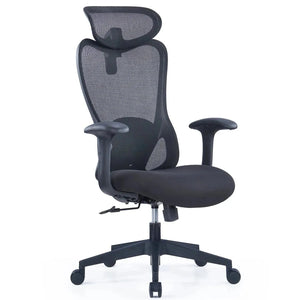

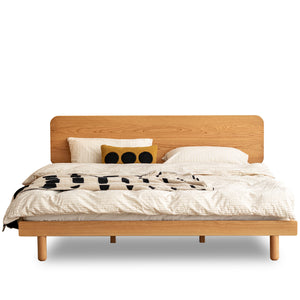
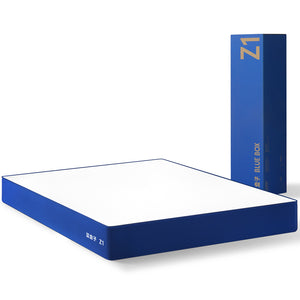

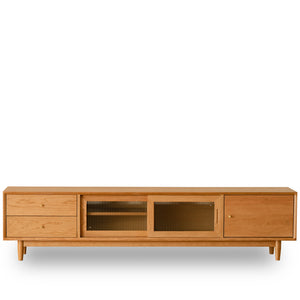
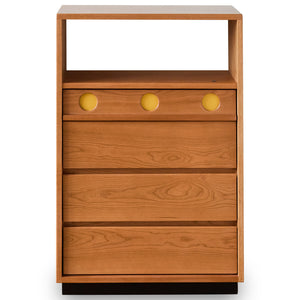
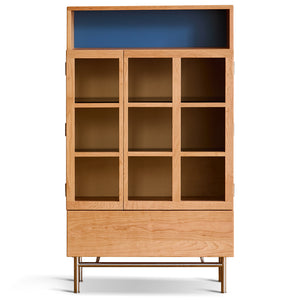
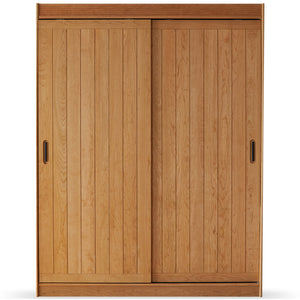
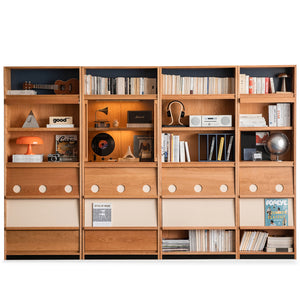

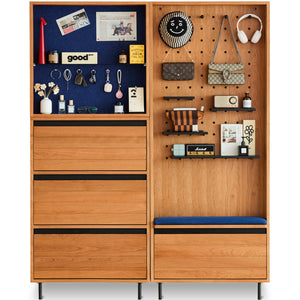
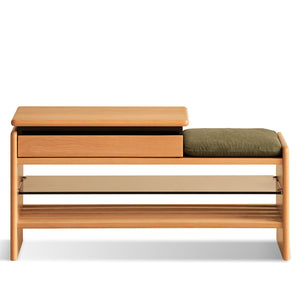
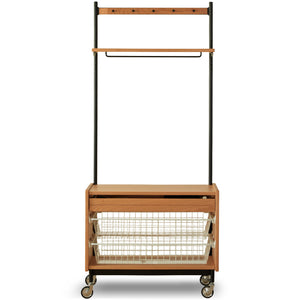






















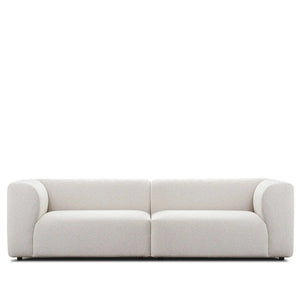




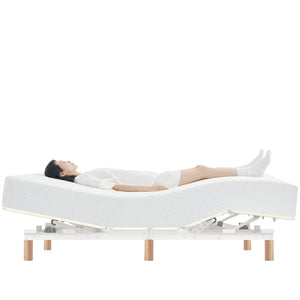

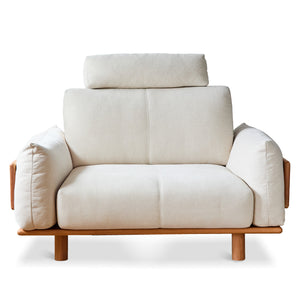

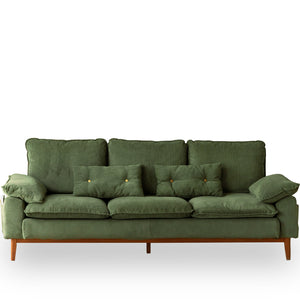
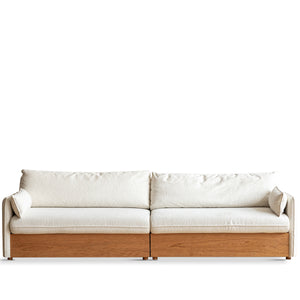
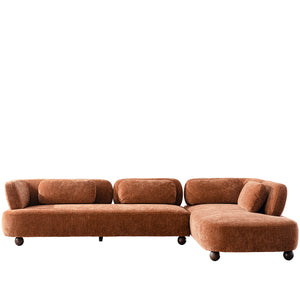
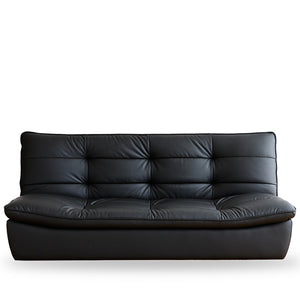
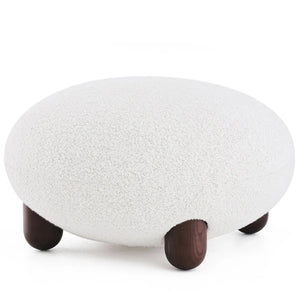

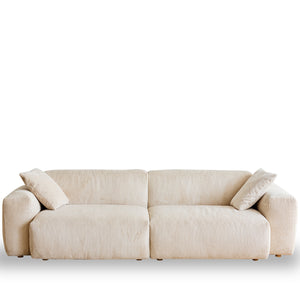
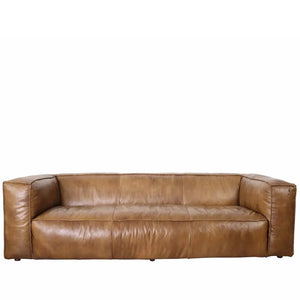
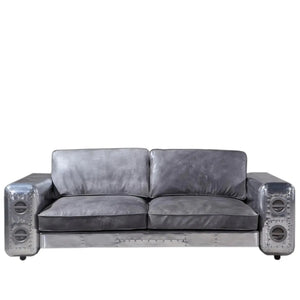
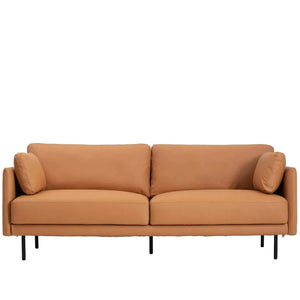
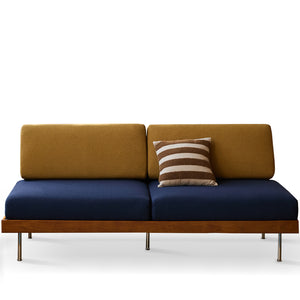
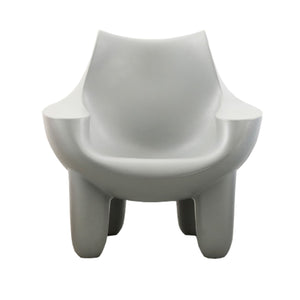


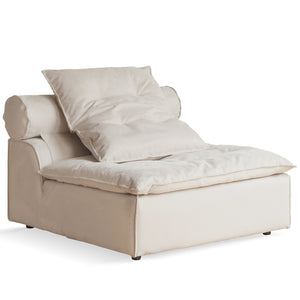

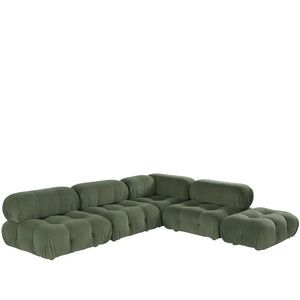
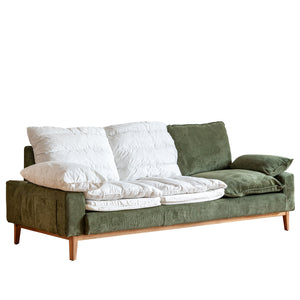
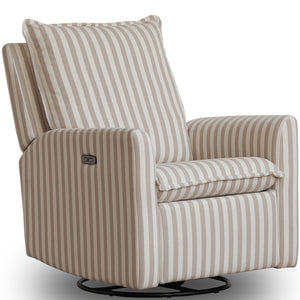




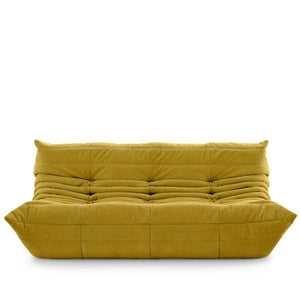
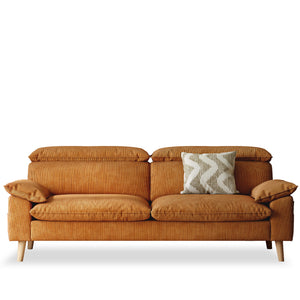

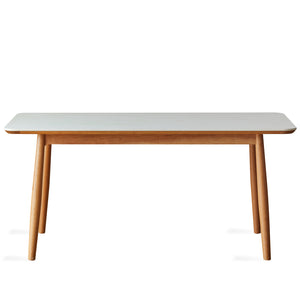
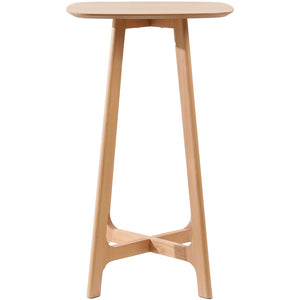
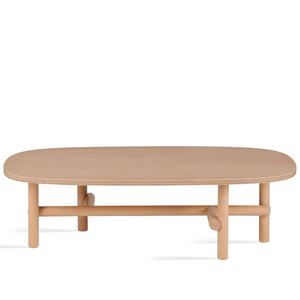
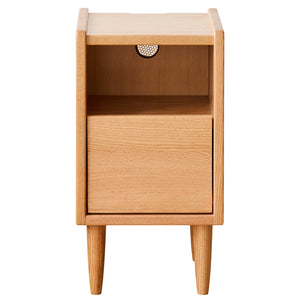
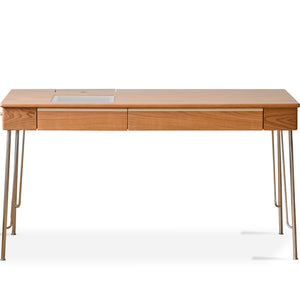
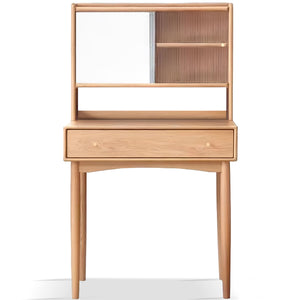

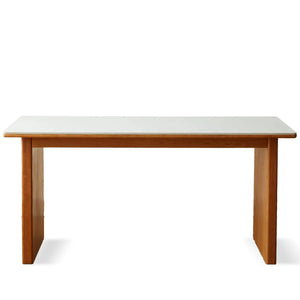
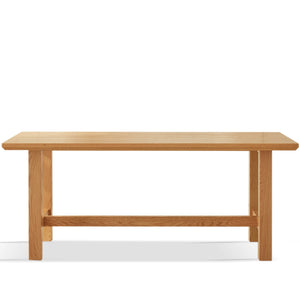
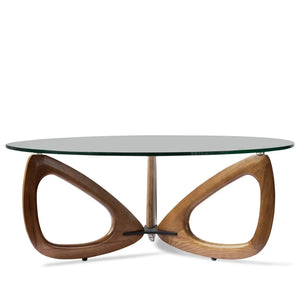
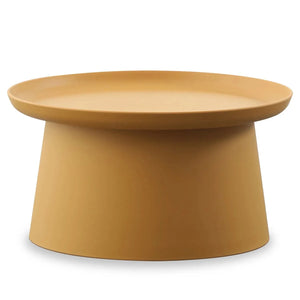

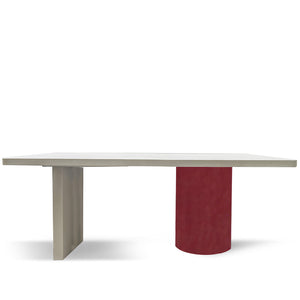

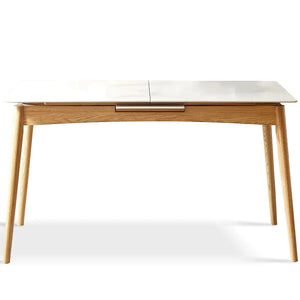
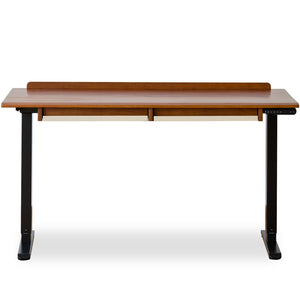
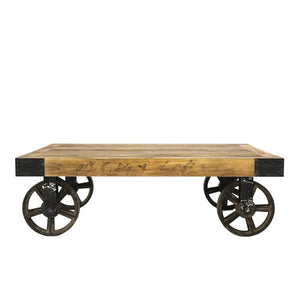

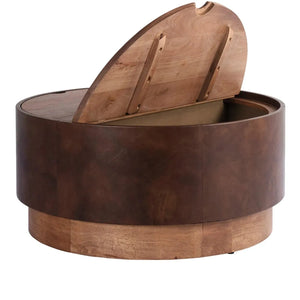

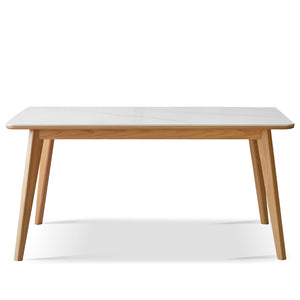

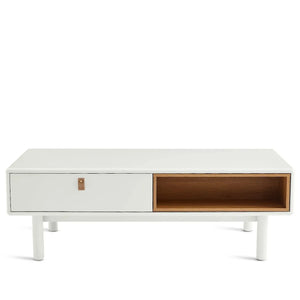

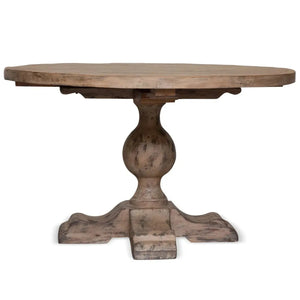


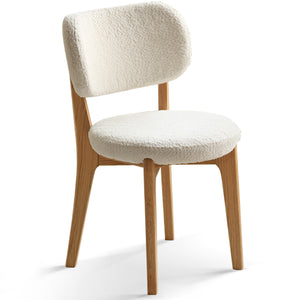
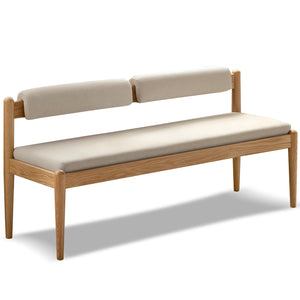
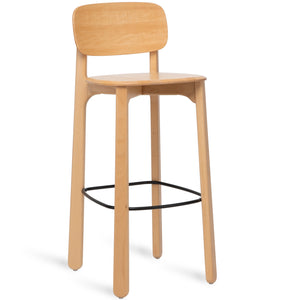
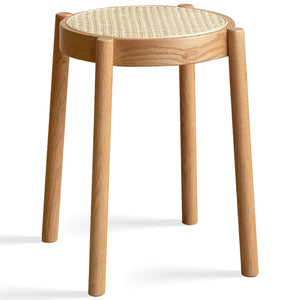
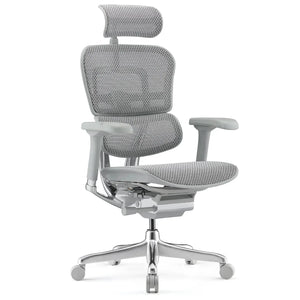
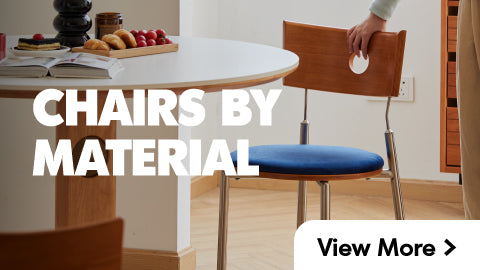
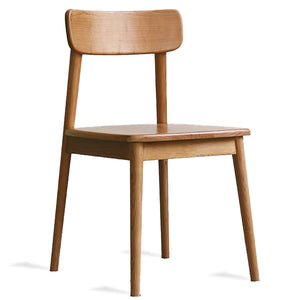
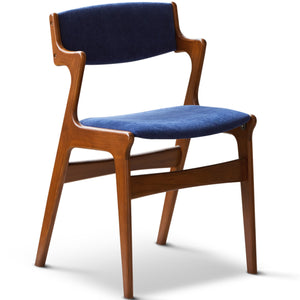
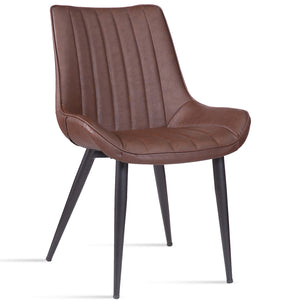
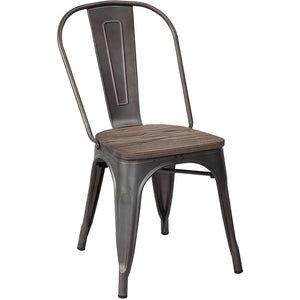
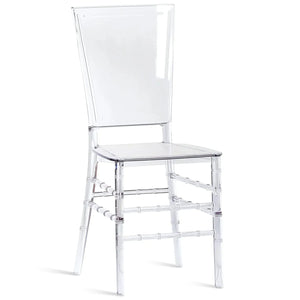
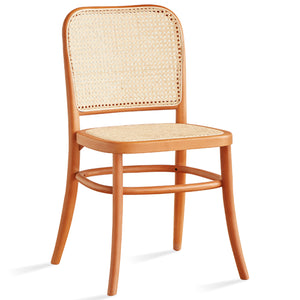
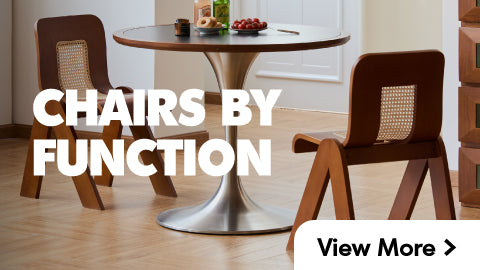
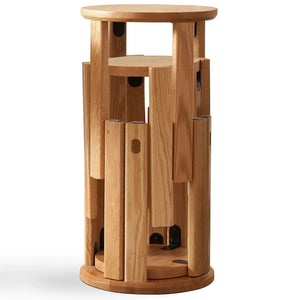

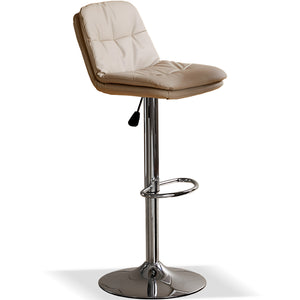
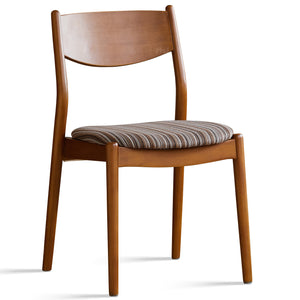
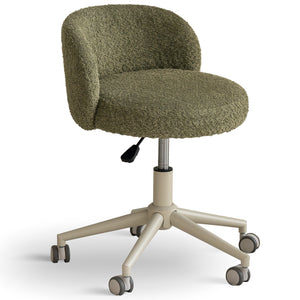
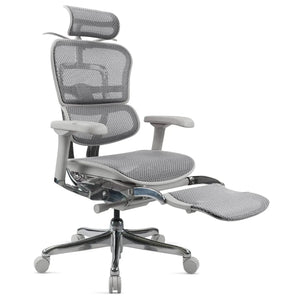

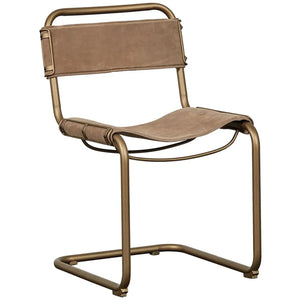
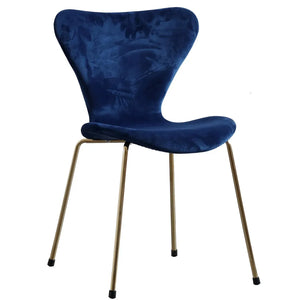
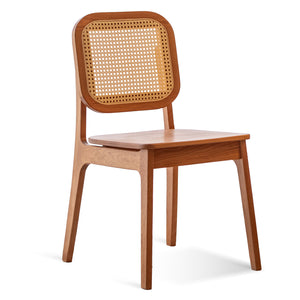
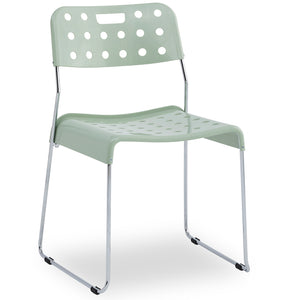
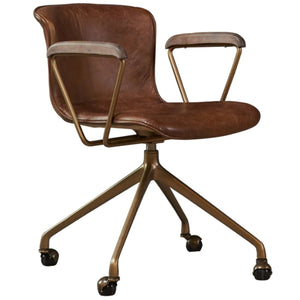


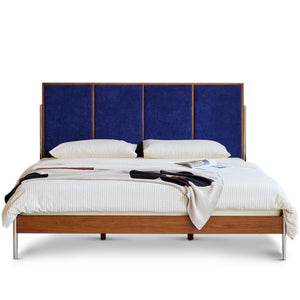

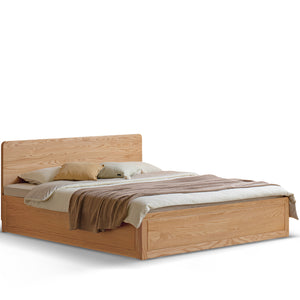
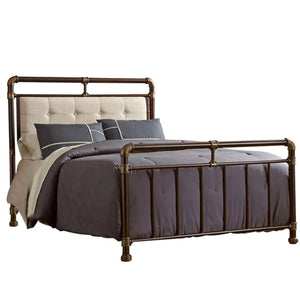
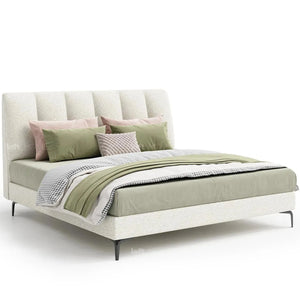
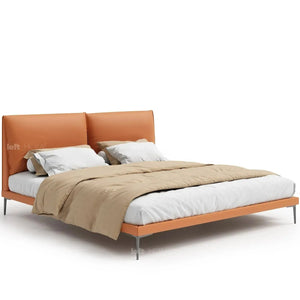
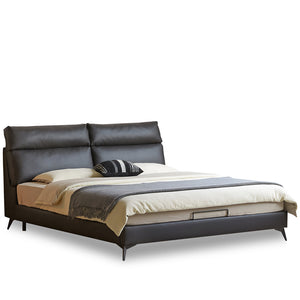
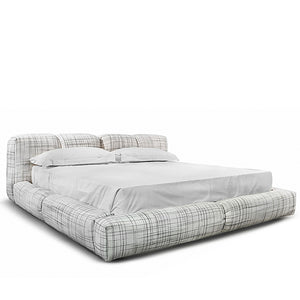

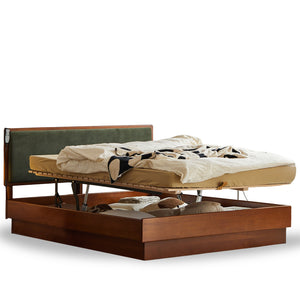


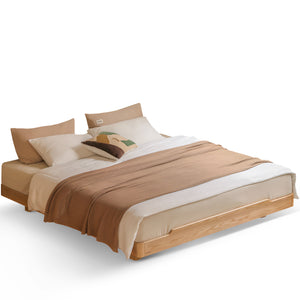
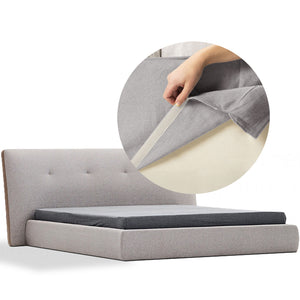
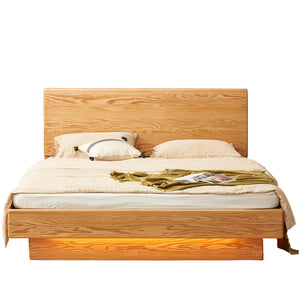

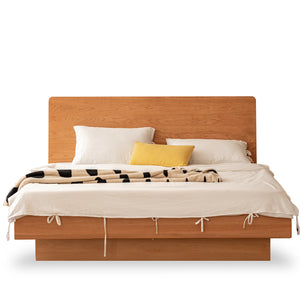

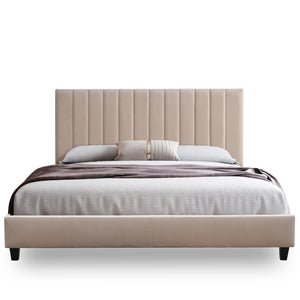
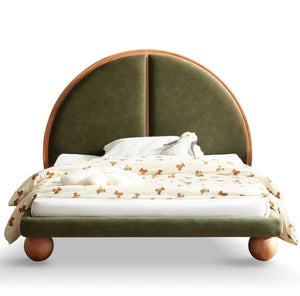
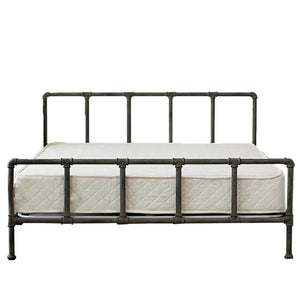
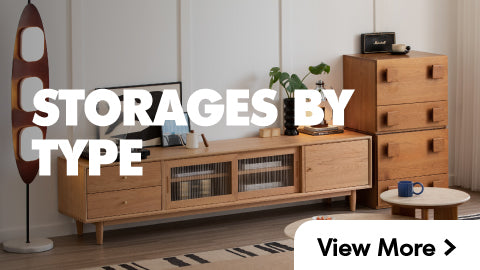
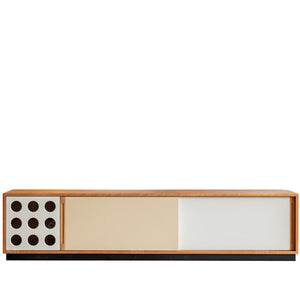

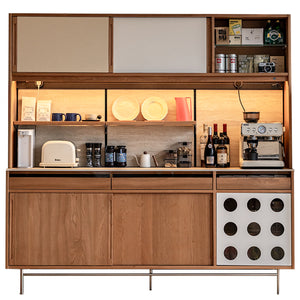
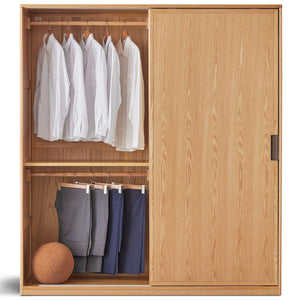

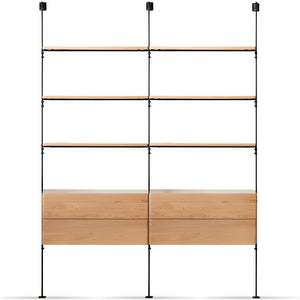
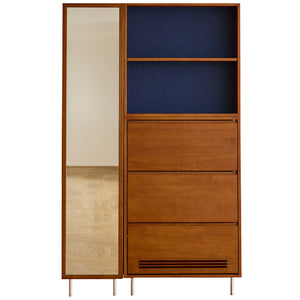

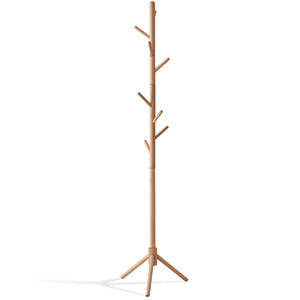

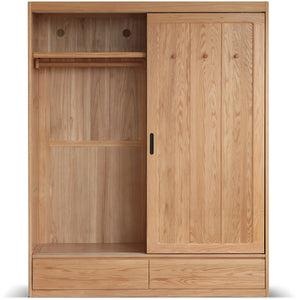
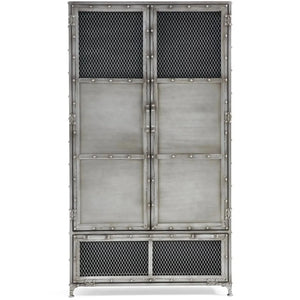
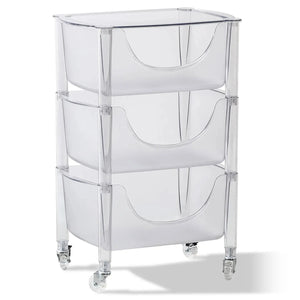
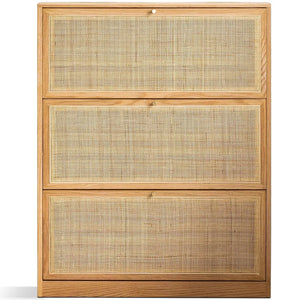
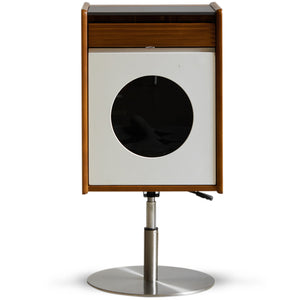
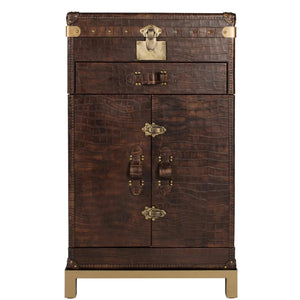

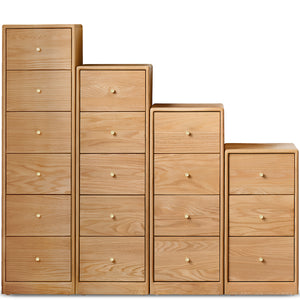
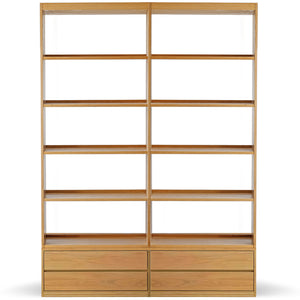
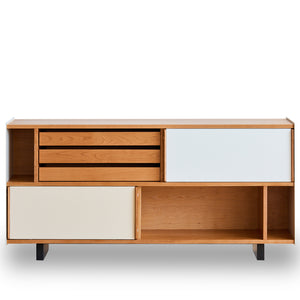
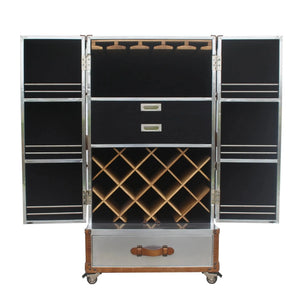
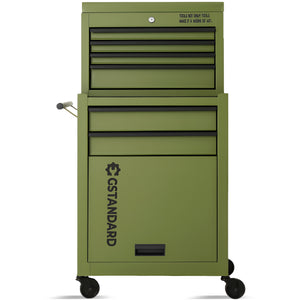


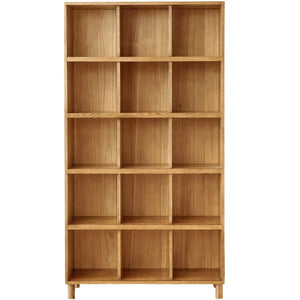

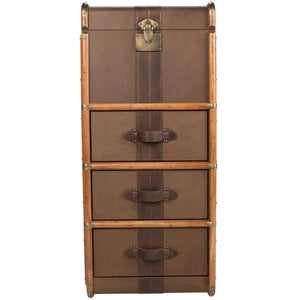
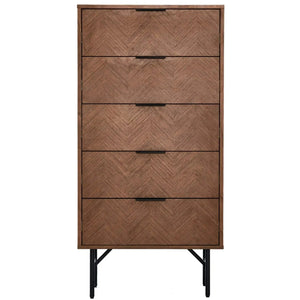

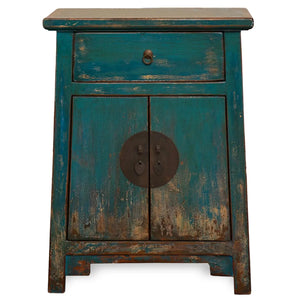



























































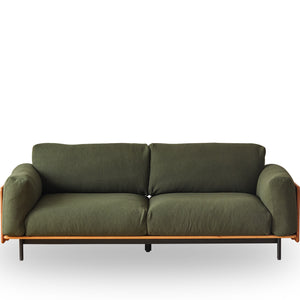
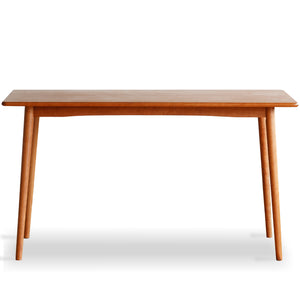
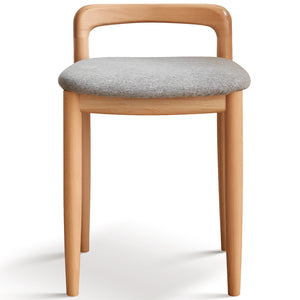
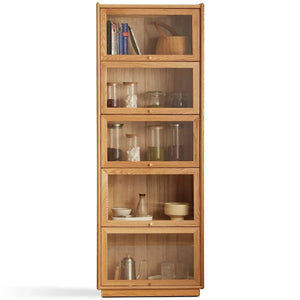






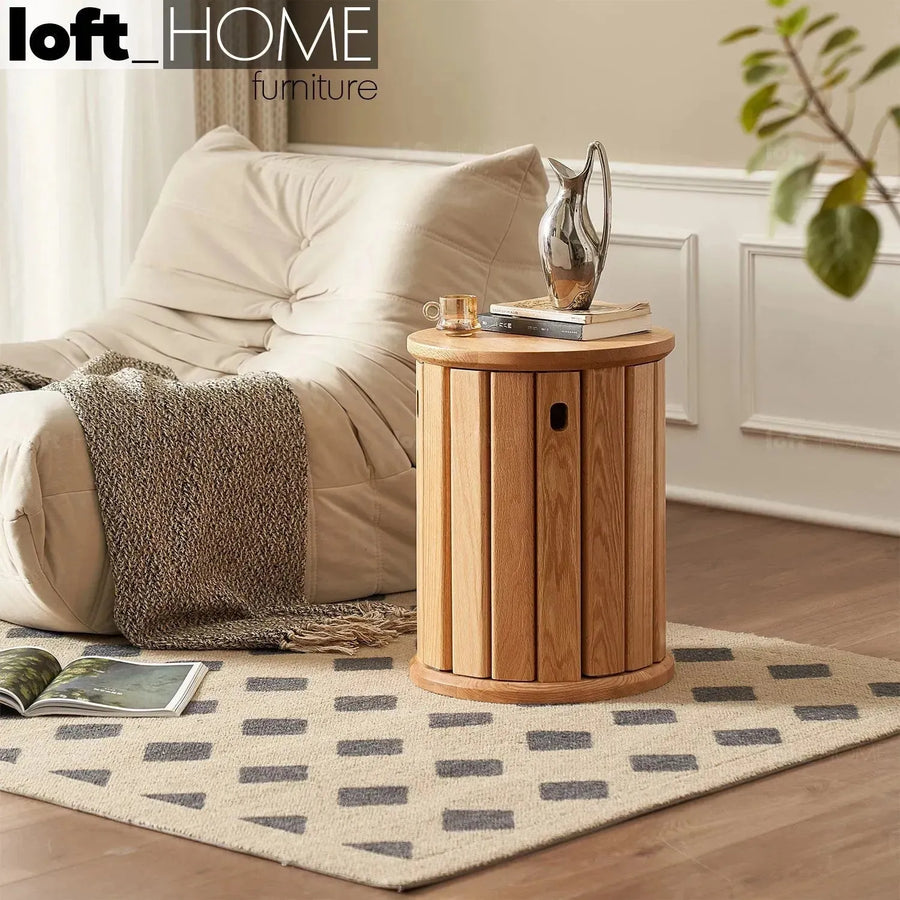
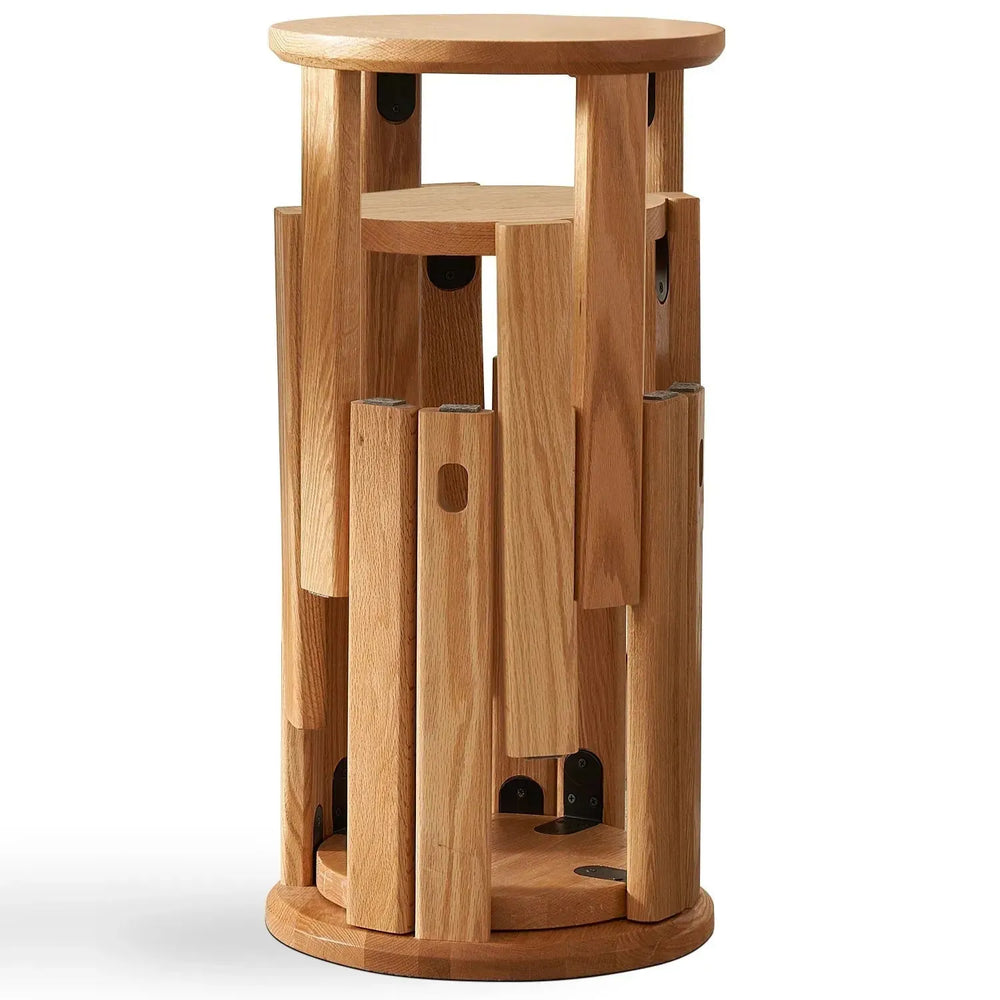




Leave a comment